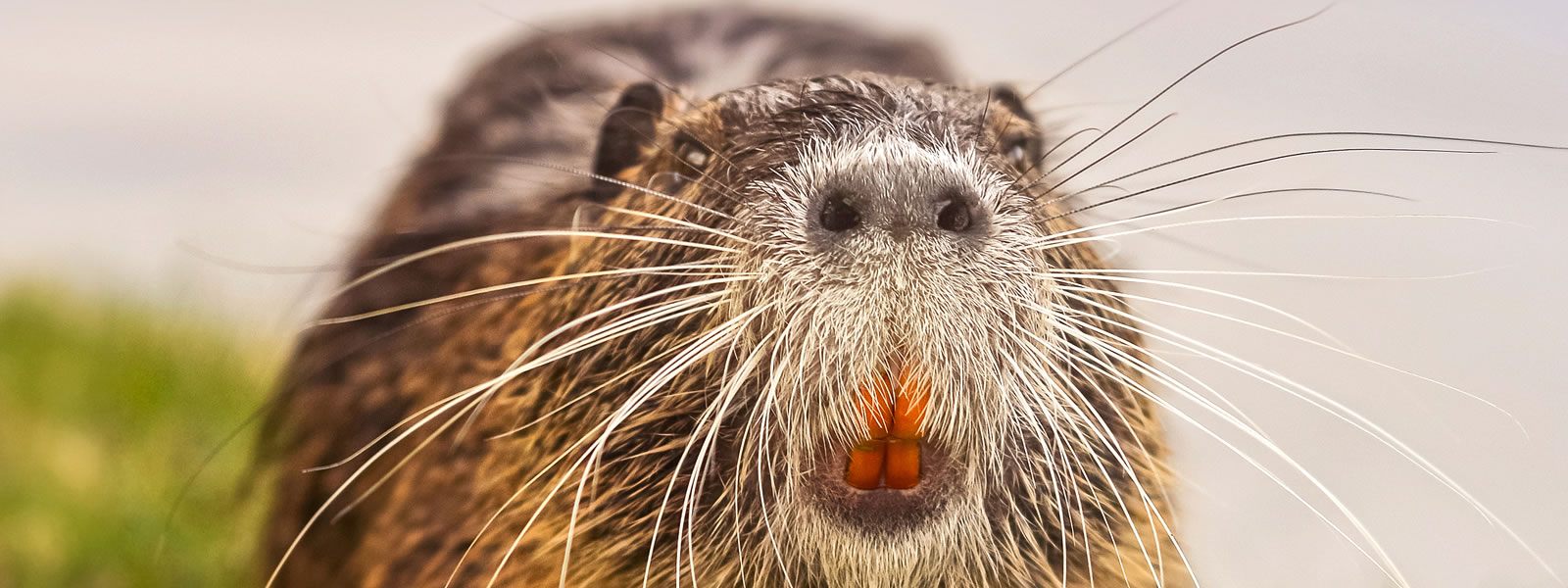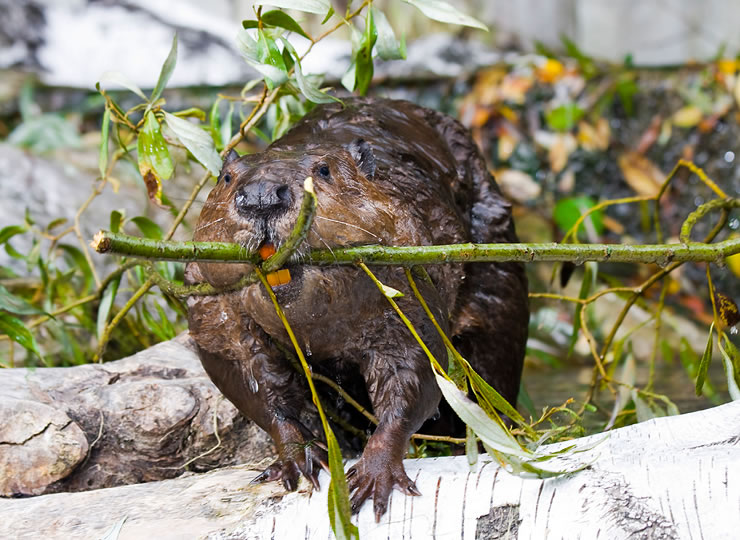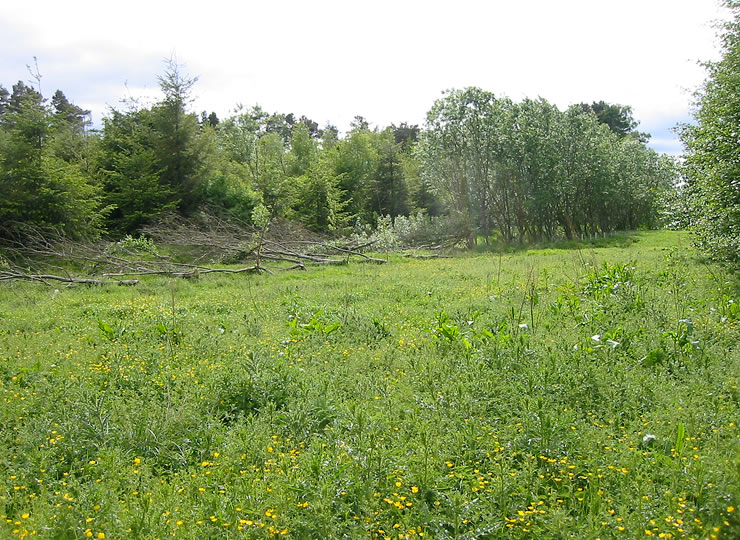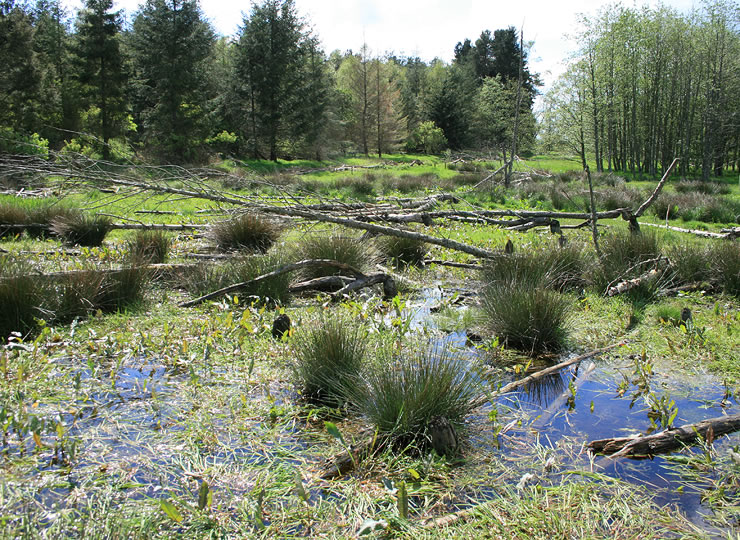Eurasian Beaver
Castor fiber

Like their North American counterparts, Eurasian beavers are capable of shaping their habitats in amazing ways.
Range map of the Eurasian beaver

Beavers use a variety of materials to build their dams, including branches, rocks, and mud. Photo credit: iStock/Getty Images Plus
Beavers are well-known for building dams, large structures in rivers and streams that can cause flooding and create new habitats. In this way, beavers act as ecosystem engineers: organisms that create, change, or maintain habitats. The Eurasian beaver has played a key role in shaping marsh habitats across Europe and Asia. In the 1800s, however, farmers began draining the marshes in order to turn them into cattle pastures. The beaver population nearly died out, and these habitats lost a lot of biodiversity.
Eurasian Beaver (Castor fiber)
In the early 2000s, scientists began reintroducing pairs of beavers to these habitats. As the beavers settled in, they built dams that transformed the terrain. Other plant and animal species took advantage of newly available niches, and biodiversity increased. Today, the habitats where beavers were reintroduced have been restored to a healthier, more natural state.

